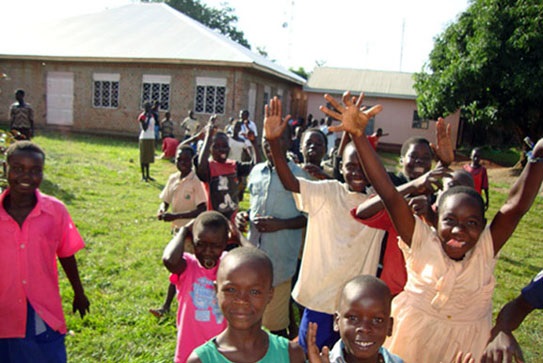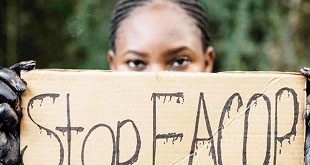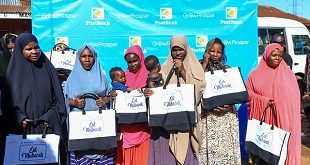
Napak, Uganda | THE INDEPENDENT | The government has reunited over 200 children who were recently rescued from streets of Kampala with their families in Napak district.
A total of 260 children were rounded up in an operation mounted by Kampala Capital City Authority-KCCA, Ministry of Gender and police and taken to Koblin Youth Rehabilitation Centre in Napak district.
Robert Odida, the in-charge of Koblin Youth Rehabilitation Centre says that the majority of the children who were rescued were below the age of 10, and these have been reunited with their families, thanks to the efforts of the area leaders and partner Civil Society Organizations.
Odida says that as part of the reunion, the families were counseled about protecting their children and each of them signed a form as proof that they have received the children and that they commit to protecting them. The rest of the children, he says, are still accommodated at the centre from where they are undergoing rehabilitation.
The group at Koblin is now being skilled in fields of their choice including masonry, tailoring, bakery, and hairdressing among others, such that when they are released after their rehabilitation, they are able to start business and create jobs for themselves or that they have skills to make them employable.
According to Kampala Capital City Authority-KCCA, there are over 1,000 children operating on the streets of Kampala as beggars. A majority of them come from Napak district in the North Eastern part of the country in the Karamoja sub-region.
Researchers from the United Global Action with street children say that insecurity triggered by cattle rustling in the sub-region is one of the push factors of the Karamajong children to the streets. Insecurity has a multiplier effect as it also affects the livelihood of the people prompting them to seek other opportunities hence begging in urban centers like Kampala.
While Odida acknowledges the push factors of insecurity and hunger, he adds that this is no excuse for the people from a particular district to dominate the streets as beggars. He says that other districts in Karamoja such as Amudat and Moroto are even more hunger-stricken, yet a large number of children on the streets don’t come from these districts.
Odida instead blames child trafficking for a large number of children on the streets, saying that traffickers seem to have identified a market for children in Napak.
Odida says that instead of focusing its energies on rescuing children, KCCA should target the traffickers starting with mothers who bring their children to the streets exploiting them as beggars. Odida says that in Napak, they have arrested and charged 27 mothers for child trafficking.
Odida says KCCA needs to intensify operations against child traffickers who are responsible for bringing children to the streets as a way to deal with the vice.
Susan Nakamanya, a resident of Kakajjo zone in Kisenyi attests that a number of Karamojong mothers from the locality carry their children to the street every morning to go and beg. She reports that intervention by the local leadership to stop mothers from exploiting their children have yielded no sensible results as the mothers claim, that is the only source of livelihood for their families.
The KCCA Child Protection Ordinance of 2022, criminalizes employing children in harmful and hazardous environments, using children like those in wheelchairs to beg for alms and giving children money, clothes, or residence in a manner that encourages them to stay on the streets. Anybody who contravenes the law is liable to imprisonment for six months or pay a fine of two currency points (40,000 Shillings) or both upon conviction.
*****
URN
 The Independent Uganda: You get the Truth we Pay the Price
The Independent Uganda: You get the Truth we Pay the Price



